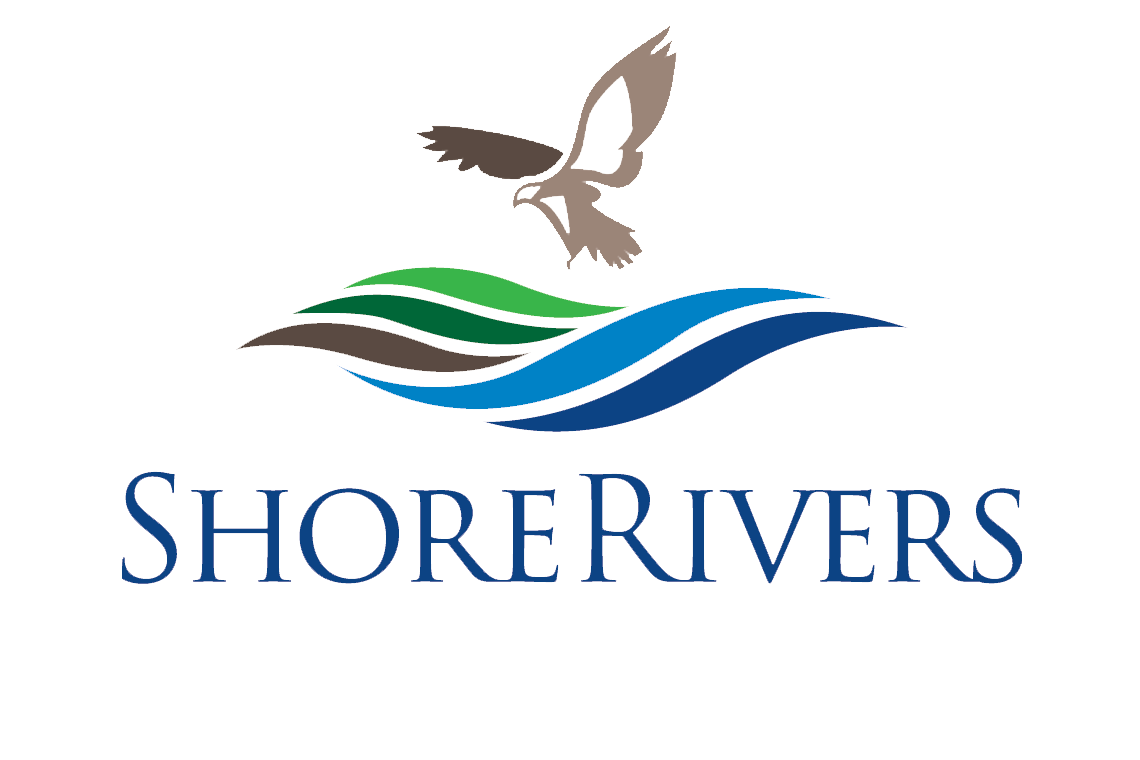MGO Resources and Instructions
Oyster Care
Water Depth: In order to host oyster cages, you need a minimum of three feet of water at your lowest tide. Drop your cage off the dock until it hits the bottom, then pull it up about a foot or two and tie it off. Cages need to be suspended in the water column - off of the muddy bottom so the oysters don't suffocate and under water at low tide so they are not exposed to freezing air or trapped in ice during the winter. Oysters can be exposed to warm air for a number of hours and survive, but even short periods of exposure to freezing air can kill them.
Securing Cages: Cages need to be secure and easily retrievable. Underneath a dock is a great place - the pilings allow for easy tie-off and the cages and lines will not become a navigation issue. You must be able to routinely access the cages for maintenance in all seasons.
Maintenance & Monitoring: During warmer months, dunking the cages once a week will help keep silt and sediment off the oysters. Sediments can suffocate the vulnerable spat. Once the water warms up in the spring, the cages will begin to foul with algae growth. Taking the cages out of the water and allowing them to dry for 2 hours will help limit fouling, as will scrubbing the cages with a wire brush or power-washing.
Salinity: Oysters require at least 5ppt salinity in order to survive, and prefer it even a little saltier. Use the button below to check if you live in an area with adequate salinity. If you're in the green/yellow area, you can give oysters a try!
PROGRAM TIMELINE
September: Oyster Recovery Partnership delivers cages and bags with spat-on-shell. Growers collect their cages and spat.
October-February: Dormant period due to falling water temperatures. Be mindful of low tides and ice on lines. Periodic dunking prevents siltation.
March: Oysters are feeding more; make sure cages and oysters are free of mud to allow water to flow freely. Maintain cages to prevent fouling.
April: Oysters are actively feeding and may reach dime size. Maintain cages to prevent fouling.
May/June: Oysters are planted on an oyster sanctuary on your local river. Store cages out of the water in a dry place for the summer; this rids them of algae and mud.
June-August: Watch your email for notices of fun, oyster-related events for MGO volunteers. Events could include a trip to Horn Point Laboratories to see where spat are grown, a movie night to watch an oyster documentary, or a picnic to thank our MGO volunteers.
